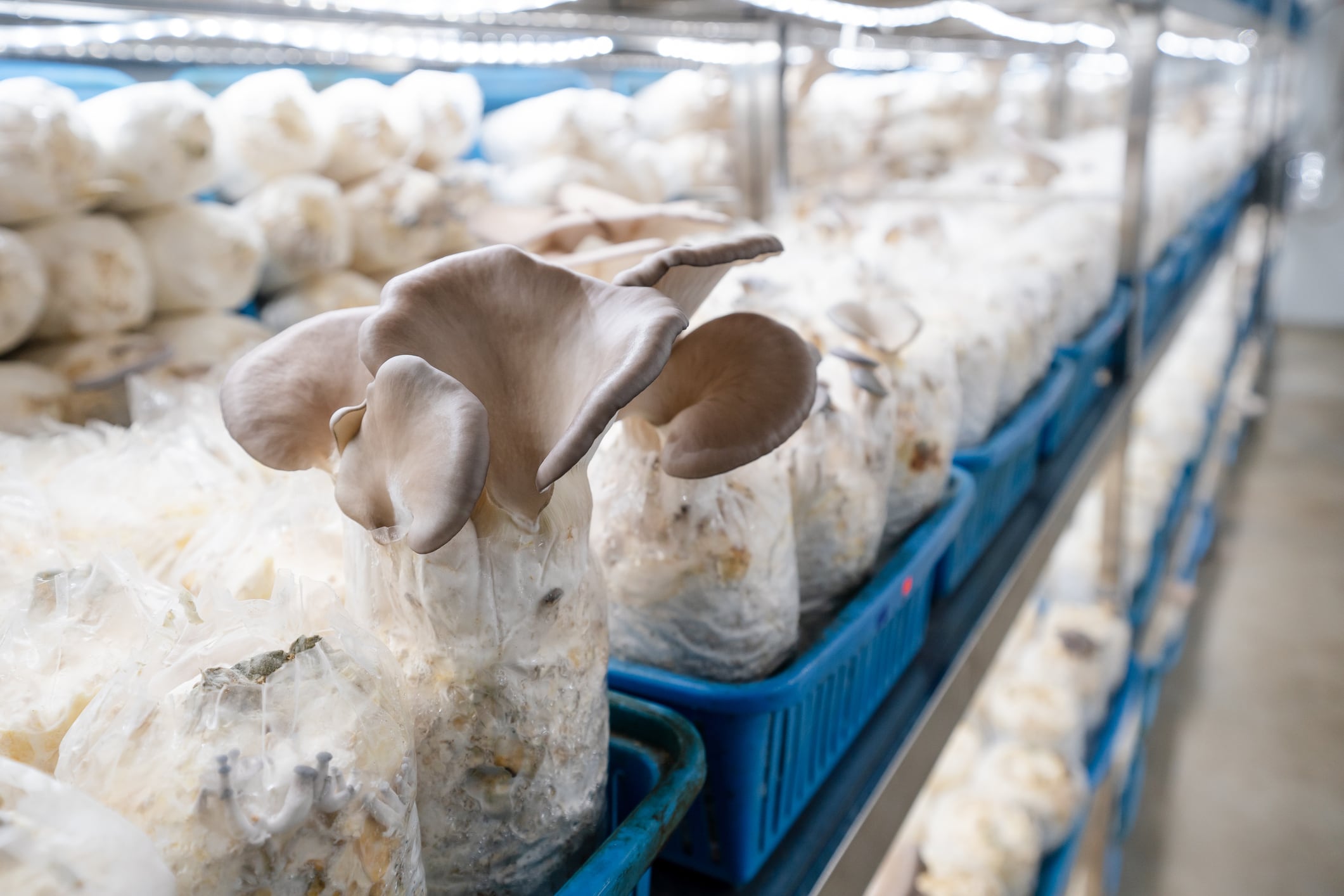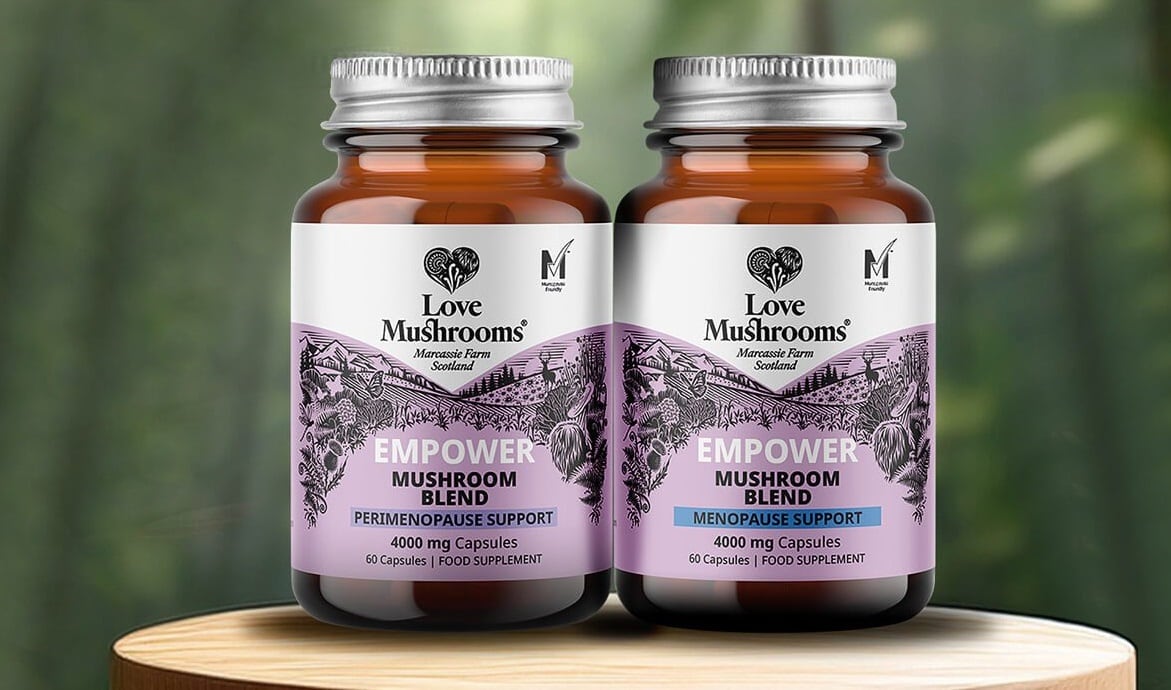The Association of Official Agricultural Chemists (AOAC) has established its Functional Mushrooms Initiative to address the need for standardized methods in the industry. The initiative is part of the organization’s Botanical Ingredients and Dietary Supplement Integrity program (BIDSI).
Dr. Julie Daoust, PhD, chief science officer at M2 Ingredients and co-chair of the working group, said there are 1.5 million species of mushrooms but not all are relevant to the marketplace.
“Essentially the working group and the initiative is first focused on lion’s mane because it’s such an important species commercially,” she said.
“It’s very popular with consumers. We see a lot of different products and then part of the discussion is that there are lots of different products out there—gummies, powders, capsules and so on. We want a method that can serve the industry broadly in terms of finished product formats.”
According to BIDSI, the global market size of functional mushrooms in 2023 was estimated to be $31.71 billion and expected to grow by a compound average growth rate of 11% through 2030.
Identifying active compounds in all parts of the mushroom
The analytical methods used essentially collect measurements of a biomarker or family of biomarkers. Whether the initiative focuses on the fruiting body or mycelium, Dr. Daoust said it is important to analyze all parts of the mushroom so that the initiative’s methods are capable of tracking the markers that encompass the diversity of ingredients on the market.
“We’re discussing now which biomarkers we could potentially look at…we are trying to look at what will be fit for purpose for the industry,” said working group member Dr. Regan Nally, PhD, senior research scientist and lab process manager, R&D, at Fungi Perfecti.
“We’re discussing all these different methods people have worked on personally or had third-party labs carry out, and that discussion will lead to which method we are going to have to choose and go forward with… for example, it could be [focused on] a lipid or a protein or a peptide.”
Most of the mushrooms that are imported to North America come from China, and about 90% of these mushroom ingredients consist of fruiting body hot water extract, which is then dried into a powder. Identifying the active compounds in this extract can be challenging.
The standardization that the initiative is developing will help determine if a product is what a company says it is. For example, DNA analysis can be used to confirm the presence of lion’s mane from China in a product.
AOAC
AOAC International been providing analytical solutions for the botanical ingredient and dietary supplement sector for other two decades. It recently established the BIDSI program to address new and ongoing analytical challenges in the industry.
From 2013 to 2018, in collaboration with the National Institutes of Health Office of Dietary Supplements, AOAC said it “embarked on a large-scale stakeholder program to develop much needed consensus-driven performance standards and analytical methods for ingredients used in dietary supplements.” The organization has focused on developing standardization methods for 25 high priority ingredients.
The 2025 BIDSI advisory panel includes: Alkemist Laboratories, Aloha Medicinals/American Botanicals, Amway, Centera Bioscience, Eurofins, FactorsGroup, Fungi Perfecti, M2 Ingredients, Nammex, Nature’s Way, Neogen, Pharmavite and PhytoLab.



